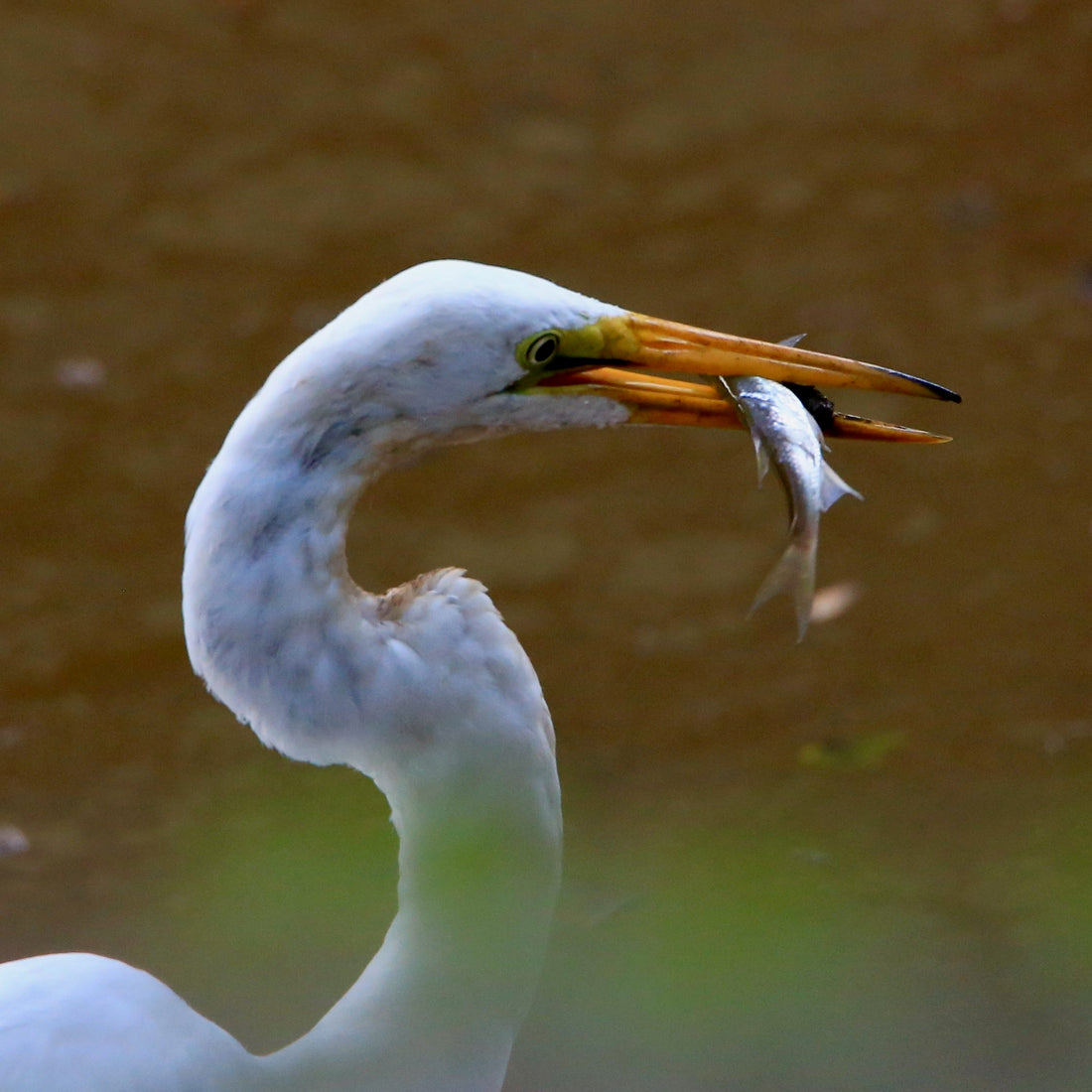
Bird Study Unit Lesson 5: Bird Beaks
Share
Bird Study Unit Lesson 5: Bird Beaks
Objectives:
- Students will understand some functions of bird beaks.
- Students will be able to match bird beaks to the food they eat.
Materials:
CLICK ON THE LINKS TO VIEW, PRINT, OR DOWNLOAD THE MATERIALS- Utensils/Tools: Tongs, scissors, straw, nutcracker, slotted spoon (two utensils per group)
- Plate (one per group)
- Cup of Seeds (various sizes- one cup per group)
- Bird Journals (Beak pages)
- Read Aloud: Bird Beaks
Engage/Explore:
Divide students into small groups or partners. Provide each group with a cup of seeds and a few utensils. Have them open their journals to draw the two utensils and circle the one they think will be the best at picking up seeds. Dump seeds onto each plate. Set a timer for one minute and have students use one utensil to pick up seeds and place them back into the cup. After the minute is up, have them record how many seeds they were able to get on the journal page. Repeat activity using the other utensil. Discuss with the group.- Which utensil was the best at picking up seeds? Why?
- Which utensil did not do well trying to pick up seeds? Why?
Explain:
Tell the students that the utensils are like bird beaks. Birds each have special beaks to help them eat the foods where they live. Allow students to observe some videos of birds eating different foods and discuss how the beaks help them eat that food. Hummingbird (nectar): Eagle (fish): Finch (seeds): Woodpecker (nuts and insects) Bird eating fruit: Duck:Elaborate:
Read your students the Bird Beak read-aloud to help them learn more about types of bird beaks. Show them the Beak Types Journal Page. Lesson 5 Bird Beaks Journal Beak TypesRead Aloud: Bird Beaks
The beak is a vital bird part that differs amongst species to help them live in their environment. Beaks are primarily used to obtain food; however, they are also required when a bird builds a nest. In fact, they carry different kinds of material to a branch to make their home, which shows just how strong the beaks really are. This strength comes from the fact that beaks are made from keratin, which is the same material that constitutes your nails!
Some beaks are sharp like knives which allow the bird to catch the prey, while other beaks are like strainers. Beaks that look like strainers are big and can scoop a lot of substance from the water while slowly draining the water until all that’s left is the fish! Meat-eating birds like eagles have beaks that are harder and hooked at the end so that they can tear through flesh.
